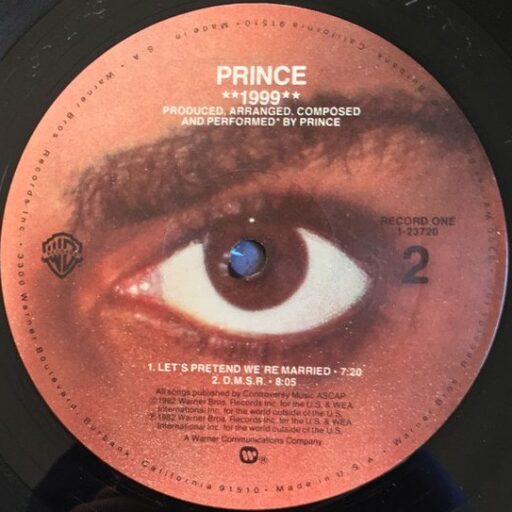Tag: perry jones
-
She’s Just a Baby
If one can get past the ick-factor, there’s a tenderness and loneliness at the heart of “She’s Just a Baby.”
-
Hard to Get
Prince’s most conventional rocker this side of “Bambi,” with a swaggering rhythm guitar riff, honky tonk piano, and either Dez or Prince playing with a slide (!).
